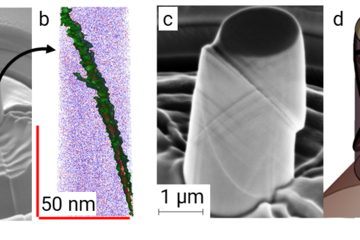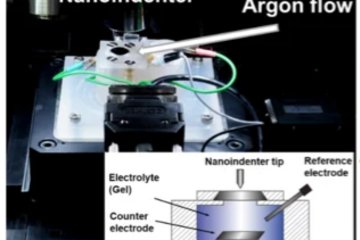All genres
1.
Journal Article
Paths to Open Access: an update from Acta Materialia, Inc. Scripta Materialia 141, pp. 144 - 145 (2017)
2.
Journal Article
Paths to open access: An update from Acta Materialia, Inc. Acta Materialia 139, pp. 261 - 262 (2017)
3.
Newspaper Article
Paths to Open Access: An update from Acta Materialia, Inc. Acta Biomaterialia, p. 1 (2017)
4.
Editorial
Launching Materialia. Scripta Materialia 154, pp. 241 - 242 (2018)
5.
Editorial
Launching Materialia. Acta Materialia 154, pp. 375 - 376 (2018)
6.
Editorial
Launching Materialia. Acta Biomaterialia 75, pp. 1 - 2 (2018)











